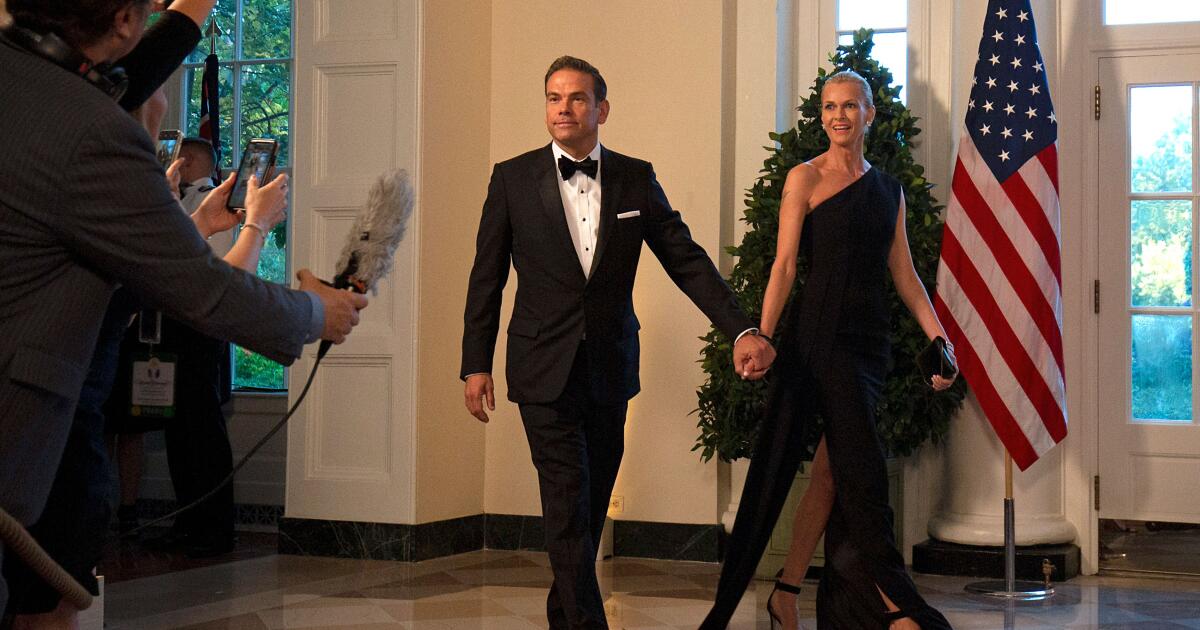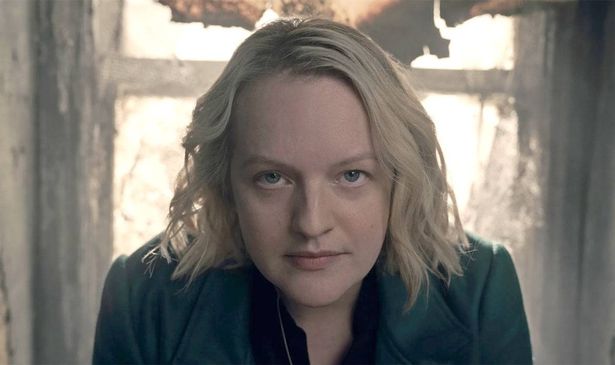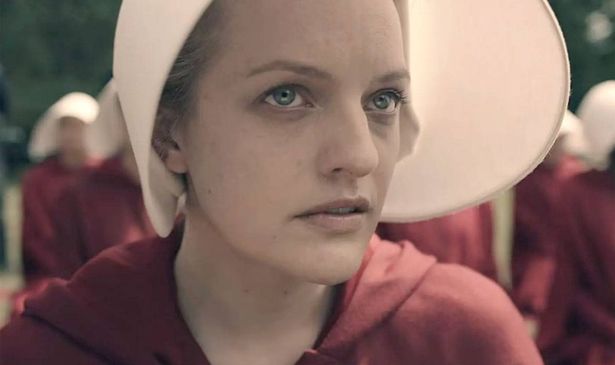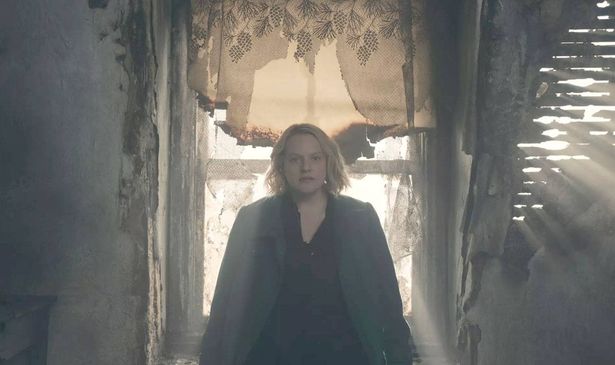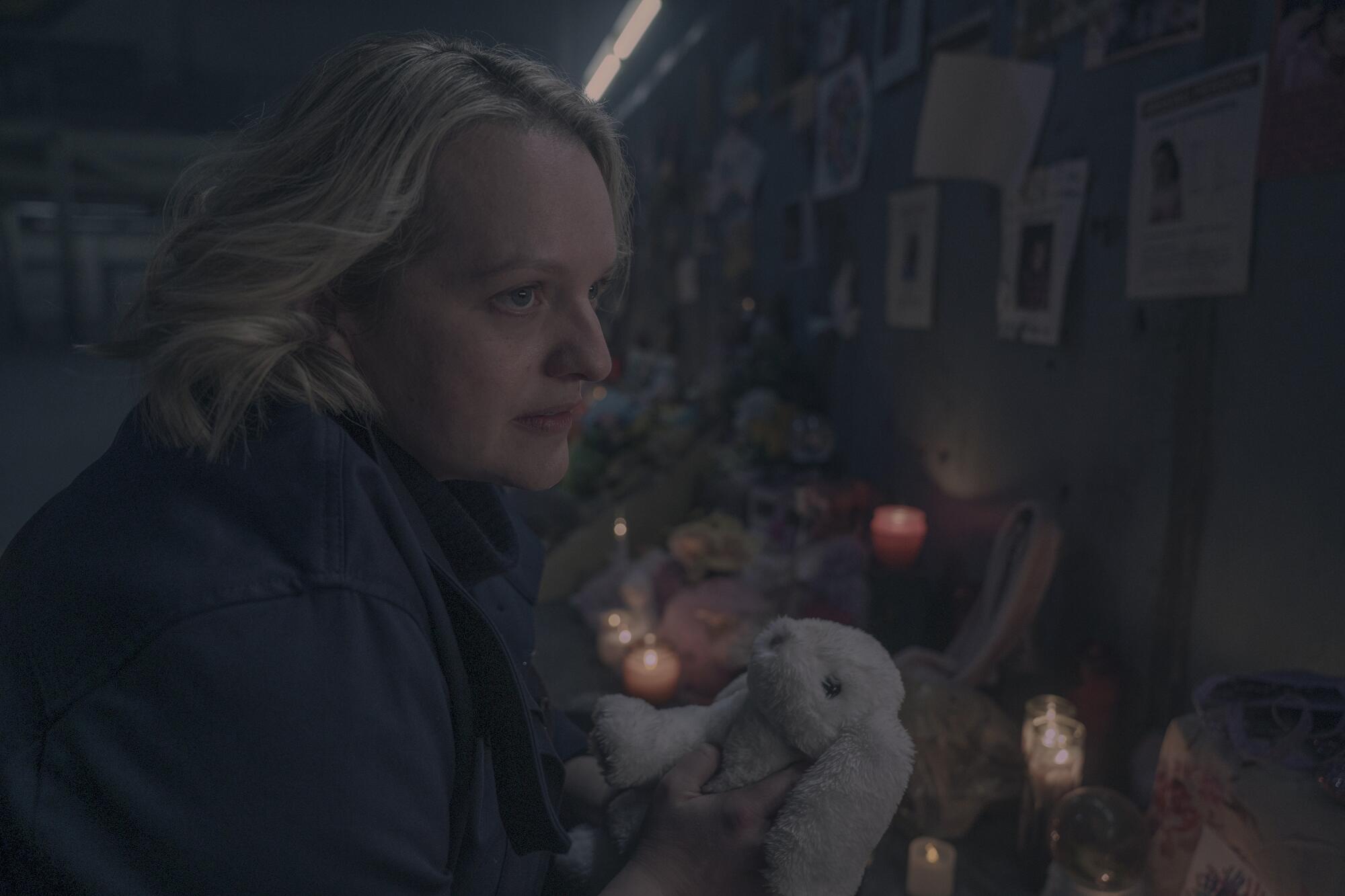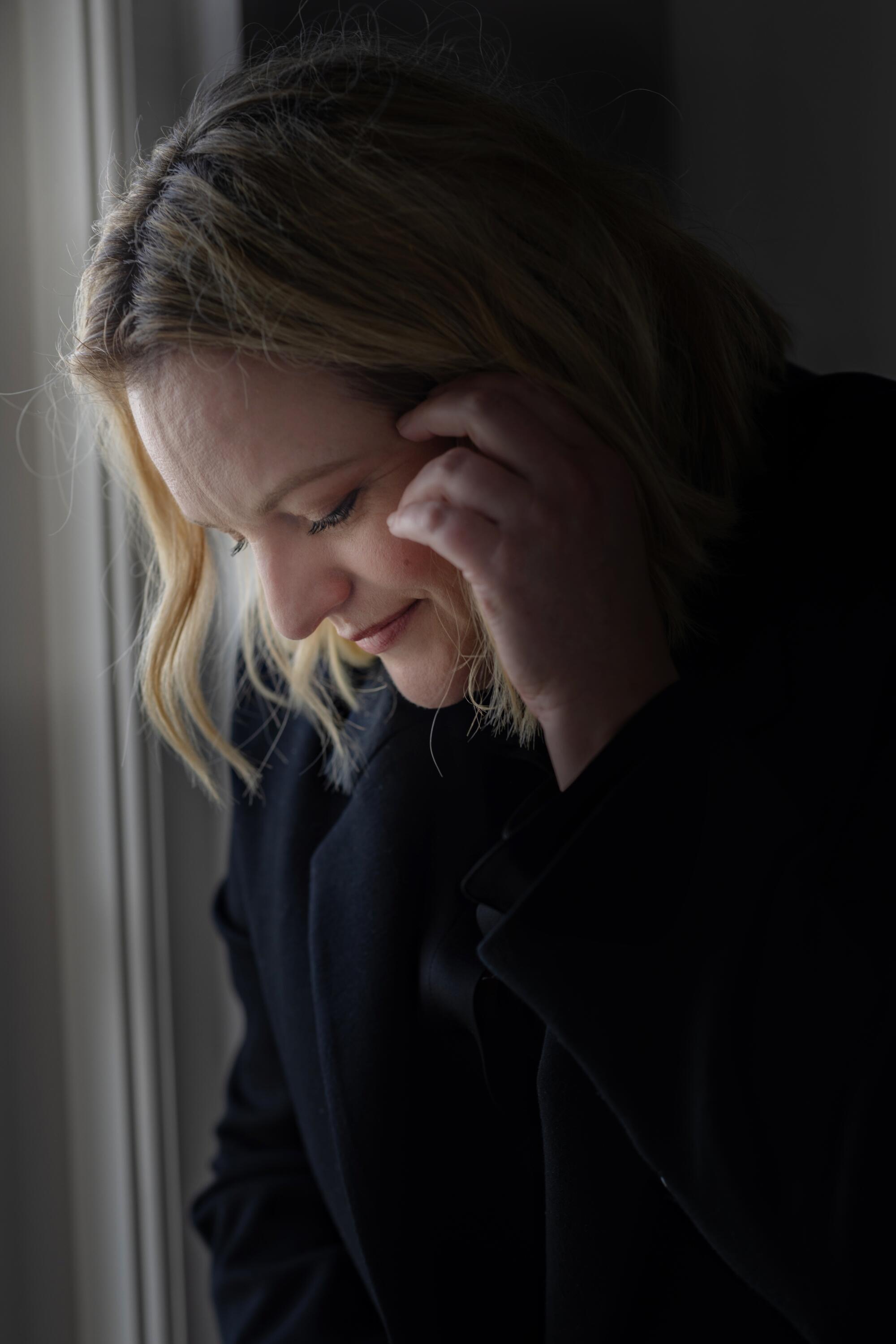The Handmaid’s Tale dovetailed neatly as the series ended
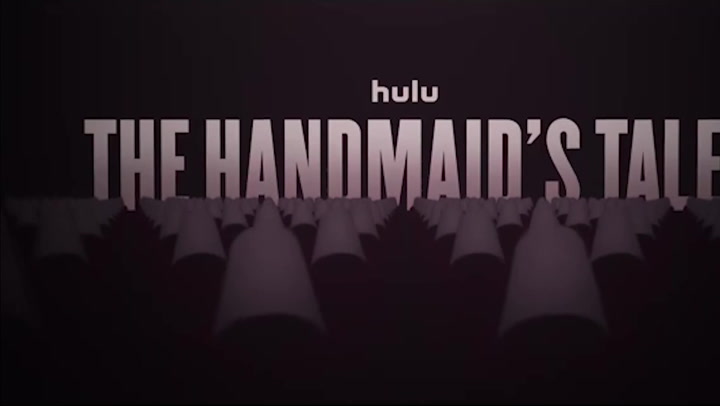
The Handmaid’s Tale (Season 6): Official trailer
WARNING: This article contains spoilers from The Handmaid’s Tale series finale
Elisabeth Moss, the leading lady of The Handmaid’s Tale, has shared her thoughts on the show’s final moments and the hauntingly memorable last scene, reports the Mirror US.
In a poignant full circle, the series concludes with June Osborne (portrayed by Moss) in the Waterfords’ residence, echoing the very first episode’s ending.
June embarks on recording her narrative, a harrowing testament to Gilead’s atrocities that have remained hidden from the world.
The series signs off with the powerful line: “My name is Offred”, a stark contrast to her declaration in the debut episode: “My name is June.”
Echoing the inaugural episode, June once more peers directly into the camera lens, offering a knowing smile.
Moss, dissecting this pivotal moment in an interview with Gold Derby, explained: “Her mom points out she needs to tell it for her daughters. … She has to go back to the beginning, and she has to tell the whole story, and it started as Offred.”
Get Prime Video free for 30 days

TV lovers can get 30 days’ free access to tantalising TV like The Boys, Reacher and Clarkson’s Farm by signing up to Amazon Prime. Just remember to cancel at the end and you won’t be charged.
This act of reclaiming her handmaid identity was crucial for June to recount her experience truthfully.
Moss, who also directed the finale, revealed a behind-the-scenes anecdote about the final line. She aimed to replicate the same tone used in the first season’s voiceover.
Yet, fate played its hand when Moss realised she had forgotten this detail just 10 minutes before filming the crucial scene.
In a frantic rush, the star of Mad Men and Top of the Lake hastily purchased and downloaded the Hulu app on her phone to revisit the original scene.
She replayed the sequence repeatedly and committed its rhythm to memory, remarking “it worked” and was “incredible” in enhancing her final scene’s delivery.
Reflecting on June’s return to the Waterfords’ abode, Elisabeth Moss shared that she “didn’t have to think too much” about the setting because she intimately “felt all the things” her character experienced.
“There had been so much that had happened in that room, and I was so happy to be back in a better place, and in a place where I was ready to bring this story to a close, at the same time that June is starting to tell it,” Moss articulated.
While The Handmaid’s Tale has come to an end, the saga continues as The Testaments gears up for production with Bruce Miller, the original showrunner, at the helm of this forthcoming series.
Moss remains connected to the fabric of the drama, taking on the role of executive producer, with the fate of June’s appearance presently shrouded in mystery.
The Testaments diverges from its predecessor, fixating on youthful characters navigating Gilead’s oppressive regime even from the seemingly privileged echelons of society.
Ann Dowd will revisit her role as Aunt Lydia, revealing that her character has been transformed by the Boston uprising as seen in The Handmaid’s Tale.
New talent leads the pack in the upcoming series, including Chase Inifinti and Lucy Halliday, who will step into the roles of Agnes/Hannah and Daisy/Nicole respectively.
The Handmaid’s Tale airs on Channel 4 and Prime Video in the UK on Saturdays
